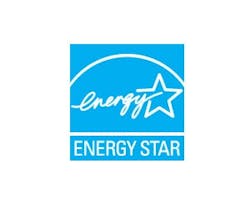Changes Will Boost the ENERGY STAR Program
The U.S. Environmental Protection Agency (EPA) and the U.S. Department of Energy (DOE) jointly announced changes to the ENERGY STAR product certification process to ensure that only products meeting the program requirements receive an ENERGY STAR label. These changes accelerate steps DOE and EPA have initiated over the past several months to bolster the verification, testing, and enforcement aspects of ENERGY STAR.
Effective immediately, manufacturers that want to qualify their products as ENERGY STAR must submit complete lab reports and results for review and approval by the EPA prior to labeling. Following a thorough review of the ENERGY STAR qualification approval process, the EPA has strengthened its approval systems and no longer relies on an automated approval process. All new qualification applications will be reviewed and approved individually by the EPA.
Additionally, companies applying to be program partners will not be able to access the ENERGY STAR certification mark until the EPA has approved a specific ENERGY STAR-qualified product submitted by the company.
The EPA and DOE are further strengthening the certification process with a requirement effective at the end of the year that all manufacturers must submit test results from an approved, accredited lab for any product seeking the ENERGY STAR label. Testing in an accredited lab is currently required for certain product categories, including windows, doors, skylights, and compact fluorescent lighting. The new process will extend the requirement to each of the more than 60 eligible product categories under the ENERGY STAR program.
